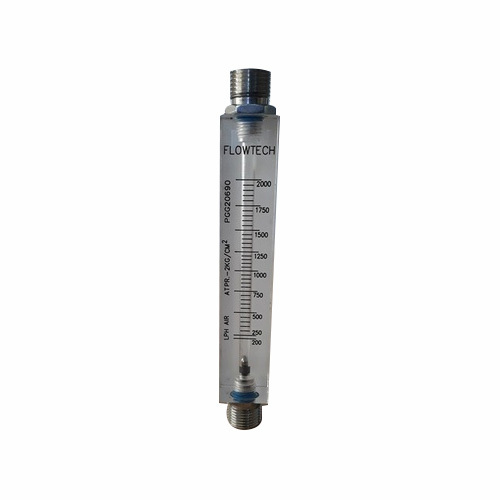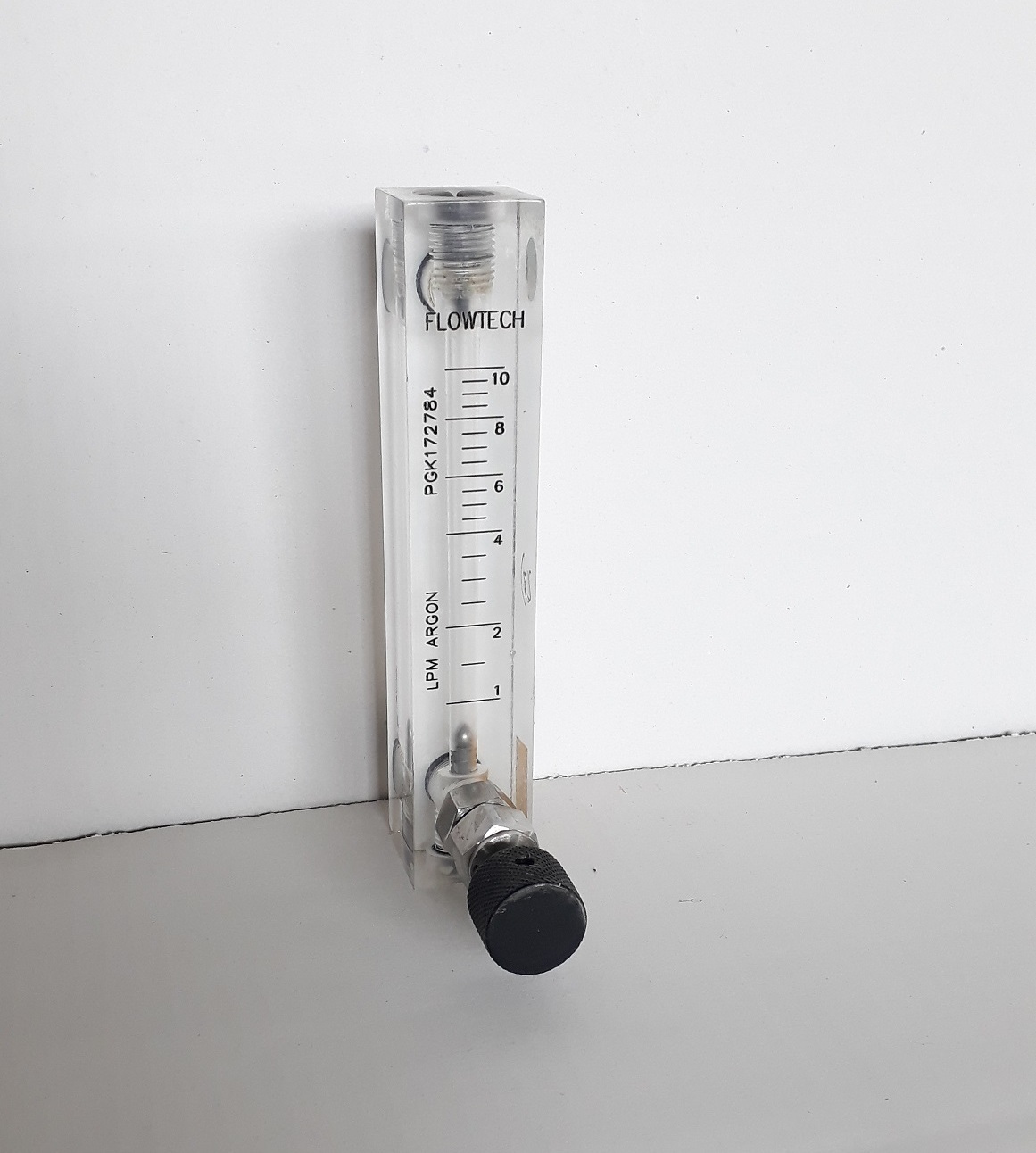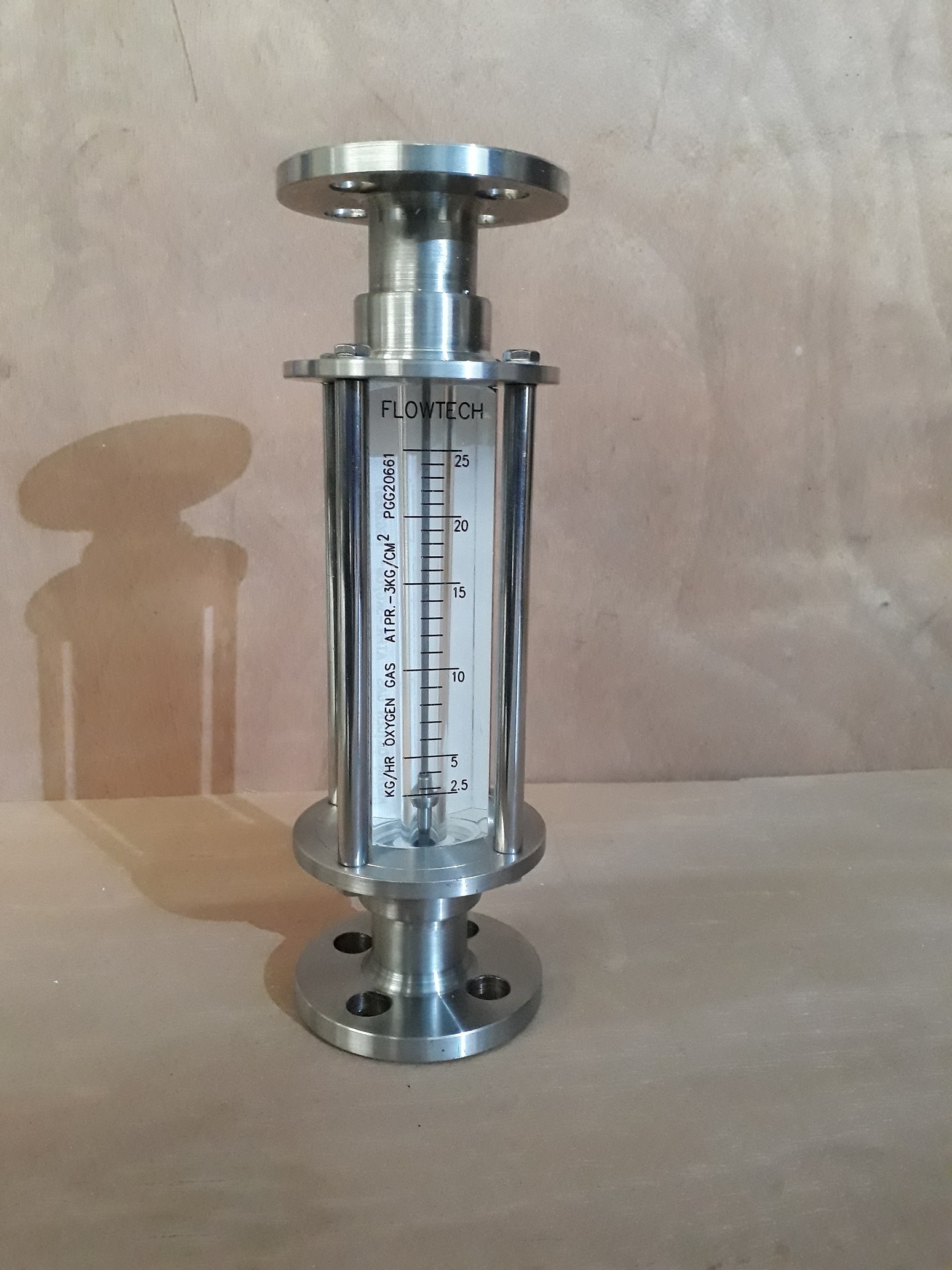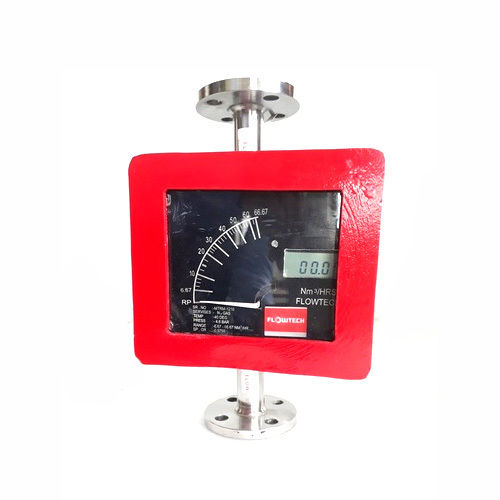Acrylic Rotameter
Price 900 INR/ Piece
Acrylic Rotameter Specification
- Usage
- Industrial
- Material
- Glass
- Size
- Standard
- Accuracy
- +/-2 %
- Color
- Transparent
Acrylic Rotameter Trade Information
- Minimum Order Quantity
- 1 Piece
- Supply Ability
- 25 Pieces Per Week
- Delivery Time
- 1 Week
About Acrylic Rotameter
Features of Acrylic Rotameter:
- It has a +/- 2% Full Scale Deflection (F.S.D.) accuracy, ensuring accurate flow rate readings.
- The rotameter can resist moderate temperature conditions due to its maximum temperature rating of 50oC.
- t has a high repeatability rate of 0.5%, which ensures constant and accurate flow rate measurements.
- The rotameter is offered in a variety of pressure ratings to accommodate a wide range of operational pressures, ranging from 7 kg/cm2 to 80 kg/cm2.
- On request, the rotameter provides a variety of float materials, including SS 316, PTFE, and others, allowing compatibility with various fluids.
- End fitting materials supported by the rotameter include M.S., C.S., SS304, SS316, CF-8M, CF8, PVC, and others upon request, guaranteeing compatibility with a wide range of system components.
FAQ - Acrylic Rotameter:
Can Acrylic Rotameters be used to monitor gas flow?
Is this gadget reasonably priced?
Can Acrylic Rotameters be used with corrosive or abrasive fluids?
FAQs of Acrylic Rotameter:
Q: What is a rotameter?
A: A rotameter is a device used to measure the flow rate of liquids and gases.Q: What is the accuracy of the Acrylic Rotameter?
A: The Acrylic Rotameter has an accuracy of +/-2%.Q: What is the material of the Acrylic Rotameter?
A: The Acrylic Rotameter is made of high-quality glass material.Q: What is the usage of the Acrylic Rotameter?
A: The Acrylic Rotameter is an industrial-grade measuring instrument used to measure the flow rate of liquids and gases.Q: What is the color and size of the Acrylic Rotameter?
A: The Acrylic Rotameter is transparent in color and has a standard size.




Price:
- 50
- 100
- 200
- 250
- 500
- 1000+
More Products in Rotameters Category
Metal Tube Rotameters
Price 8100 INR / Piece
Minimum Order Quantity : 1 Piece
Material : 304/316 Stainless Steel, Other Alloys on Request
Accuracy : 2% of Full Scale
Display Type : Other, Analog Scale with Transparent Glass Front
Measurement Range : Customizable as per Application Requirement
Glass Rotameter
Price 4500 INR / Piece
Minimum Order Quantity : 1 Piece
Material : Borosilicate Glass Tube, SS 304/316, PTFE, or PVC End Fittings
Accuracy : 2% of Full Scale
Display Type : Other, Graduated Glass Tube
Measurement Range : Customizable as per requirement
Water Rotameter
Price 4500 INR / Piece
Minimum Order Quantity : 1 Piece
Material : Acrylic Body / Transparent Polycarbonate
Accuracy : 2% to 5% of Full Scale
Display Type : Other, Direct Tube Scale
Measurement Range : 10 LPH to 40,000 LPH
By Pass Rotameters
Price 9000 INR / Piece
Minimum Order Quantity : 1 Piece
Material : SS316/SS304/P.P.
 |
FLOWTECH MEASURING INSTRUMENTS PVT. LTD.
All Rights Reserved.(Terms of Use) Developed and Managed by Infocom Network Private Limited. |

 English
English Spanish
Spanish French
French German
German Italian
Italian Chinese (Simplified)
Chinese (Simplified) Japanese
Japanese Korean
Korean Arabic
Arabic Portuguese
Portuguese

 Send Inquiry
Send Inquiry




